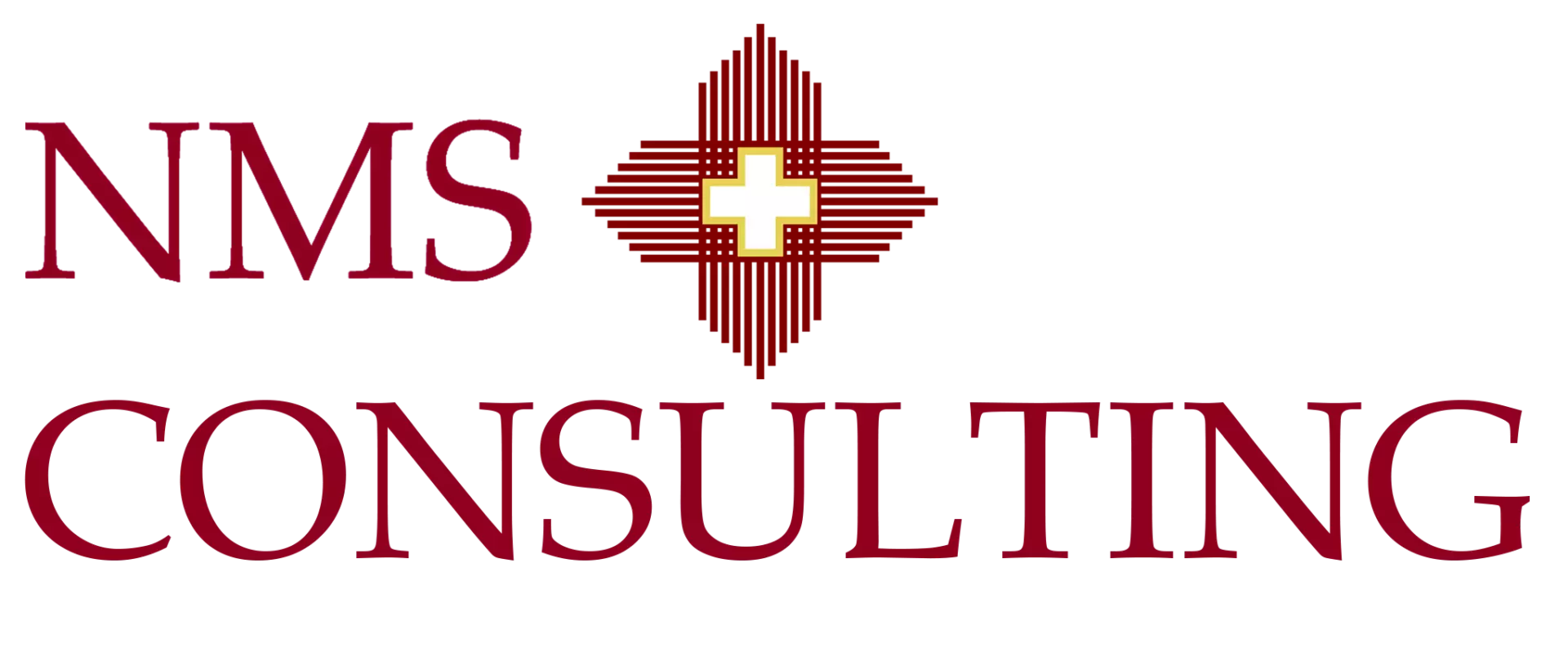Organizational Change: How to Maximize Business Value

Published: • Updated:
Maximize business value by linking change to a few KPIs, funding two pilots with fast payback, and managing adoption with sponsor routines, clear communications, and benefits tracking. Strong change practice raises the odds of meeting objectives, while weak delivery wastes budget and delays impact.
Want a 90 day plan tied to value and adoption? Talk to a consultant
Why value focused change matters
Sources: Prosci correlation studies; McKinsey transformation surveys; PMI Pulse of the Profession 2020. See full list below.
| Finding | Figure | Source |
|---|---|---|
| Projects with excellent change management meet objectives far more often | Up to 7x | Prosci correlation |
| Average transformation success rate without rigorous actions | About 30% | McKinsey survey • How to beat the odds (PDF) |
| Investment wasted due to poor project performance | 11.4% | PMI Pulse 2020 |
What are the 5 P’s of change management
A widely cited model applies five lenses that keep change coherent across teams. Use the labels and keep the intent simple.
- Purpose. The reason to change, the value target, and the KPIs that prove it.
- Philosophy. Guiding beliefs and values that shape decisions and tradeoffs.
- Priorities. What gets resources first and what waits.
- Practices. Ways of working and habits you want teams to use.
- Projections. A clear picture of the desired future state that people can visualize.
Reference model: the Five Ps framework. Variants exist that swap labels such as people or process. See one reference.
How can a business maximize its value
- Define value. Pick 3 to 5 KPIs for revenue, cost, and risk that the change will move.
- Run two pilots. Choose one customer flow and one internal process. Time box to 8 to 12 weeks with weekly review.
- Manage adoption. Name a sponsor, create simple talk tracks, and measure usage, proficiency, and recontact.
- Track benefits. Build a benefits tracker owned by finance and delivery, then scale what works.
Need a value map and pilot plan? Our team pairs strategy, digital and technology, and organizational change management strategies to move from plan to shipped outcomes. Book a discovery call
Change management strategy examples
- Kotter steps as a spine. Build urgency, form a coalition, craft and communicate a vision, remove blockers, and anchor new habits. Model overview.
- Benefits led backlog. Tie each initiative to a KPI and owner with clear start and stop criteria.
- Communication sprints. Weekly sponsor messages, manager huddles, and FAQs to reduce confusion.
- Training that mirrors real work. Role based tasks, job aids, and checklists before go live.
- Evidence loop. Use a benefits tracker and adjust scope by results, not by gut feel.
Organizational change examples
- Platform modernization. Teams shift to a new core system while maintaining service levels. Success requires staged cutovers and clear sponsor messages.
- Shared services move. Finance or HR consolidates with new roles and metrics. Adoption depends on manager coaching and service targets.
- Customer experience upgrades. Digital flow fixes and contact center coaching reduce recontact and raise satisfaction.
For more examples and case material, see curated sets from Prosci and education sources. Prosci case studies • HBS Online process primer.
Strategies for implementing change in an organization
- Baseline and goals. Measure the starting point and set targets per group.
- Plan. Roadmap communications, training, coaching, and resistance actions.
- Execute. Deliver pilots, communicate weekly, and remove blockers quickly.
- Measure and adjust. Review adoption and benefits each week and refine scope.
- Sustain. Lock habits with scorecards, incentives, and process updates.
Request a change value workshop
Sources
- Prosci. Correlation between change management and project success. https://www.prosci.com/blog/the-correlation-between-change-management-and-project-success
- Prosci. Change management success overview. https://www.prosci.com/change-management-success
- McKinsey. Successful transformations and the 30 percent success rate. https://www.mckinsey.com/capabilities/people-and-organizational-performance/our-insights/successful-transformations
- McKinsey. How to beat the transformation odds (PDF). https://www.mckinsey.com/~/media/mckinsey/business%20functions/people%20and%20organizational%20performance/our%20insights/how%20to%20beat%20the%20transformation%20odds/how_to_beat_the_transformation_odds.pdf
- PMI. Pulse of the Profession 2020, 11.4 percent waste. https://www.pmi.org/learning/thought-leadership/pulse/pulse-of-the-profession-2020
- Kotter. The 8 Step Process for Leading Change. https://www.kotterinc.com/methodology/8-steps/
- HBS Online. Change management process. https://online.hbs.edu/blog/post/change-management-process
- Sheila Margolis. The Five Ps organizational change model. https://sheilamargolis.com/2011/07/organizational-change-model-the-five-ps/
- Prosci. Communication and principles resources. https://www.prosci.com/blog/change-management-communication
- Prosci. Quantifying the value of change management. https://www.prosci.com/blog/yes-you-can-quantify-change-managements-value
- Prosci. Change management models overview. https://www.prosci.com/blog/change-management-models
Arthur Mansourian has a 12-year track record as both a management consultant and investment banker, advising clients on valuation, capital markets, structured financing, mergers, acquisitions and divestitures and general corporate strategy.
Mr. Mansourian served as Vice President while at NMS Capital Advisors, when the company achieved cumulative sales growth of over 5,100% with annual compounded sales growth in excess of 120% from 2012 to 2017.
Aykut Cakir has a demonstrated history in Negotiations, Business Planning, Business Development and as a Finance Director for gases & energy, pharmaceuticals, retail, FMCG, and automotive industries. Mr. Cakir has worked for major Fortune 500 companies such as Procter & Gamble, Roche Pharma Group, John Deere, and Linde Gas. He has twenty-eight years of experience in Operational Finance, Accounting and in General Management, with international business experience including in the USA, Europe, Middle East and Turkey. Mr. Cakir holds a Bachelors degree in Finance and Economics from the University of North Carolina.





